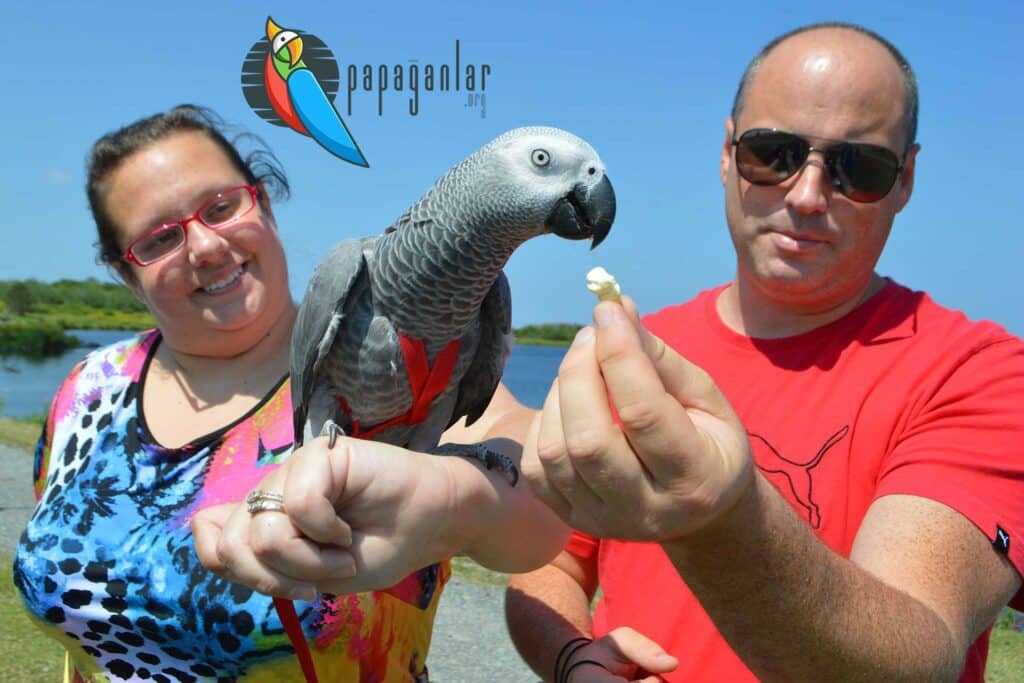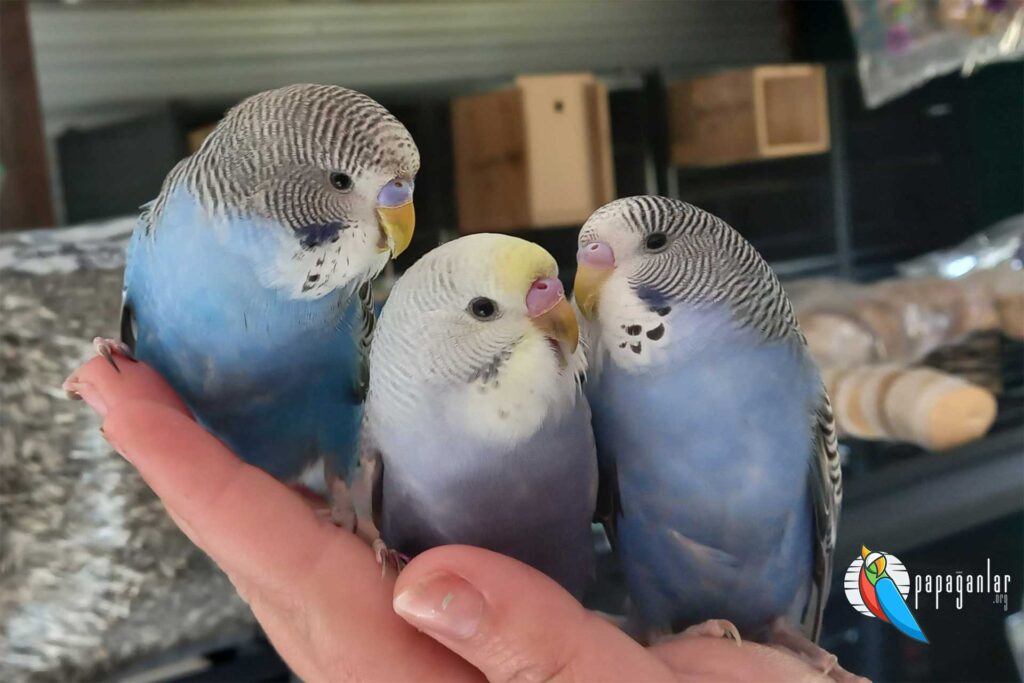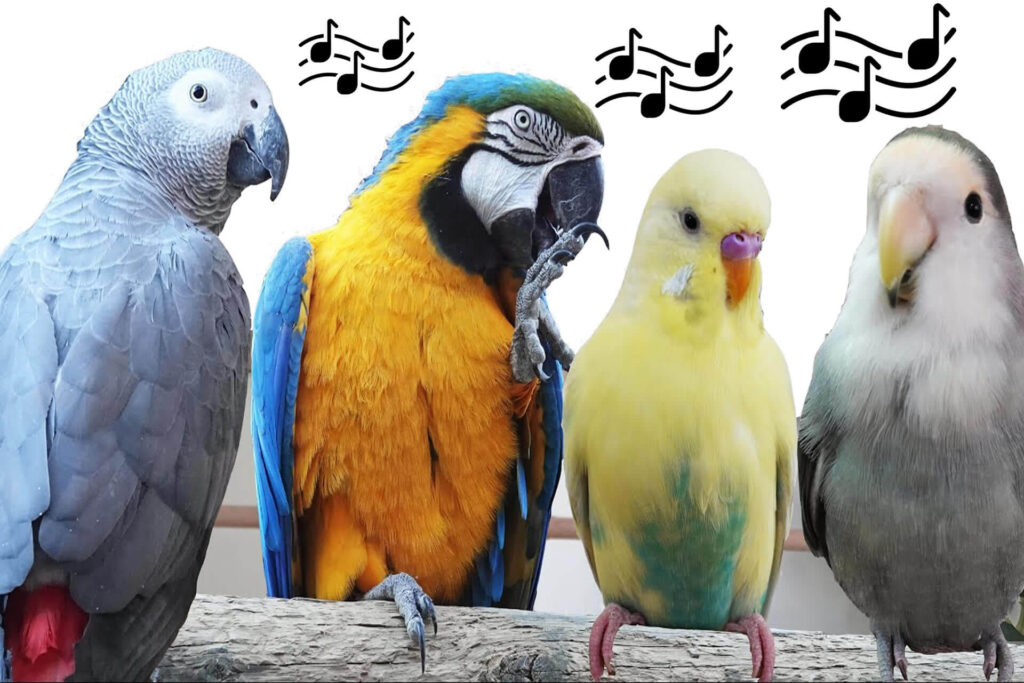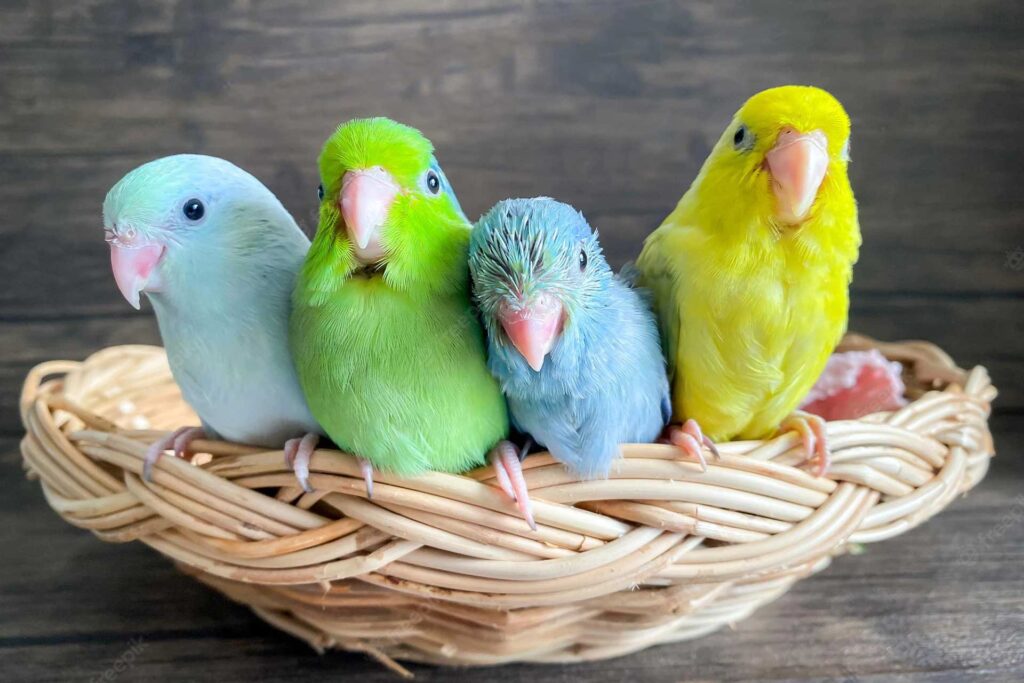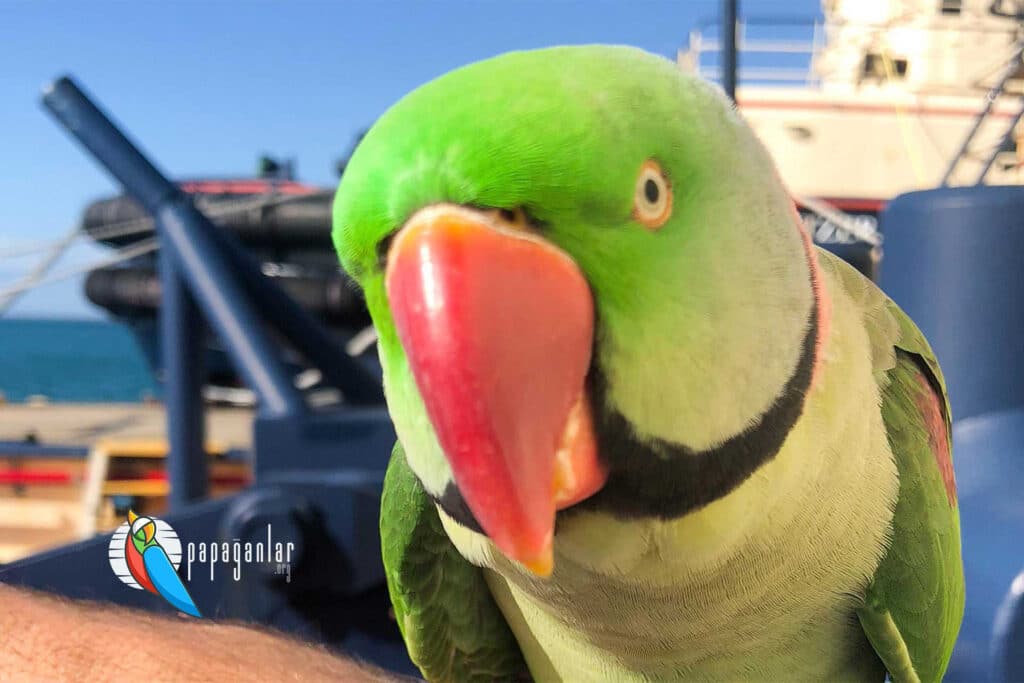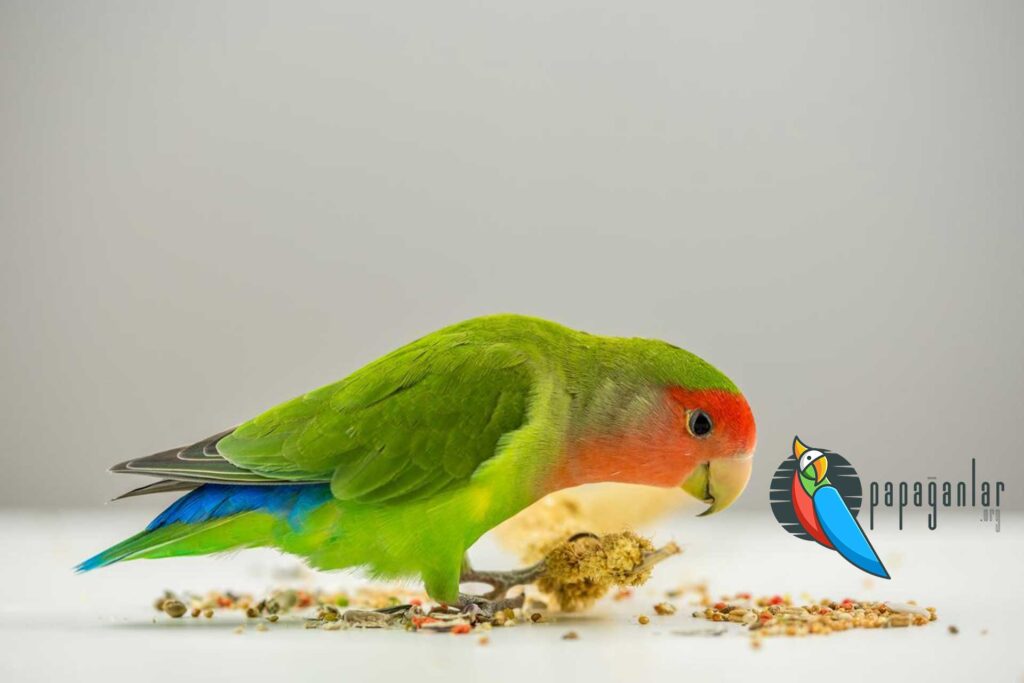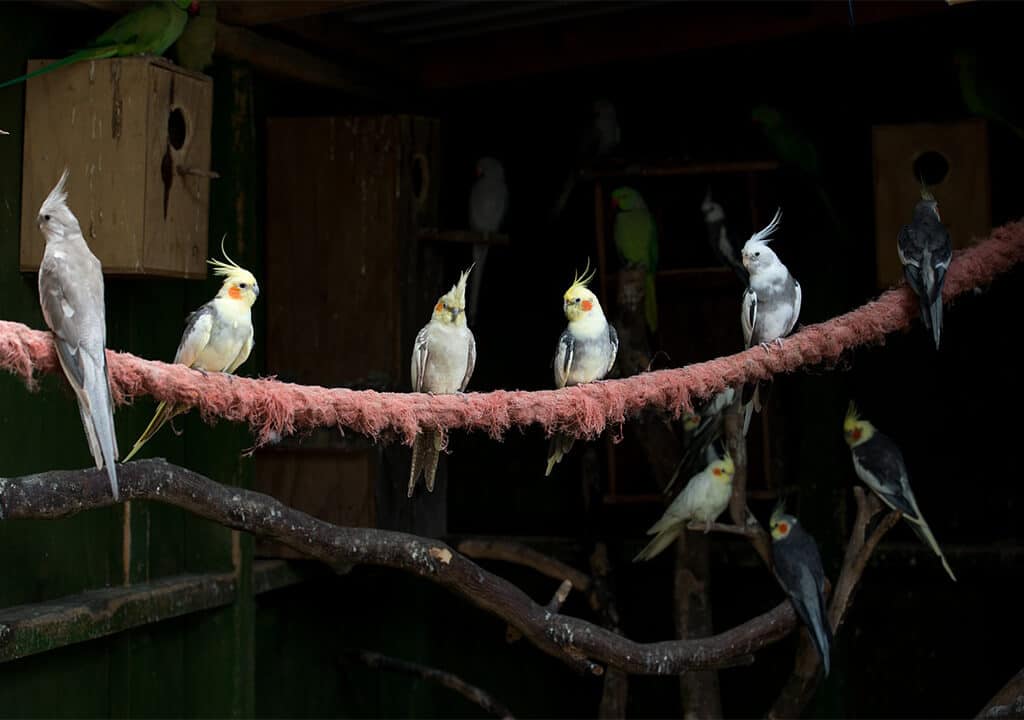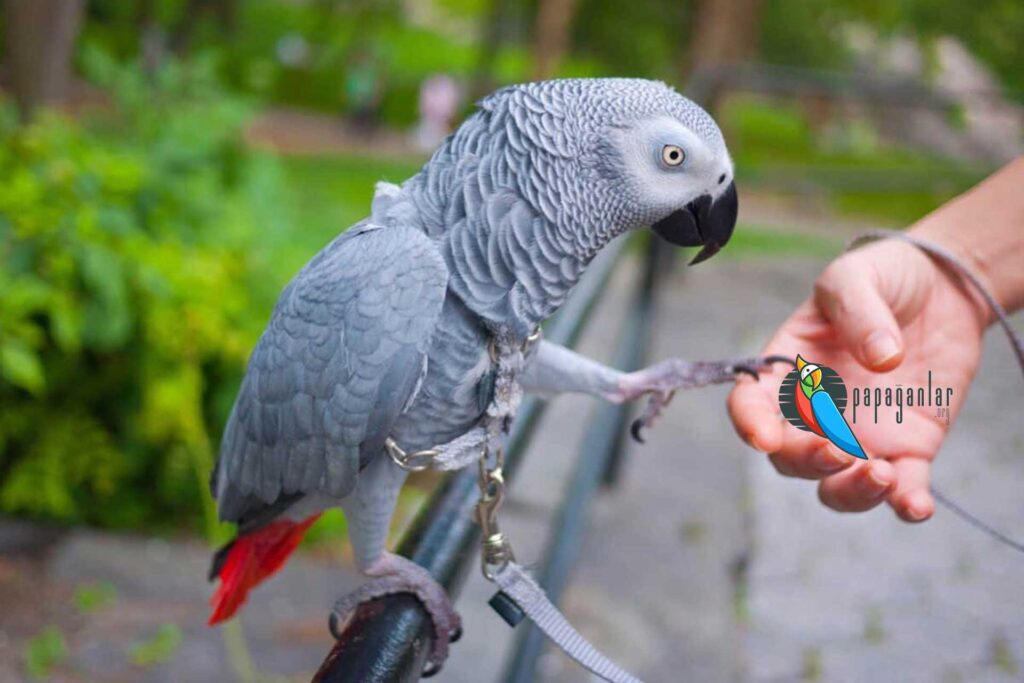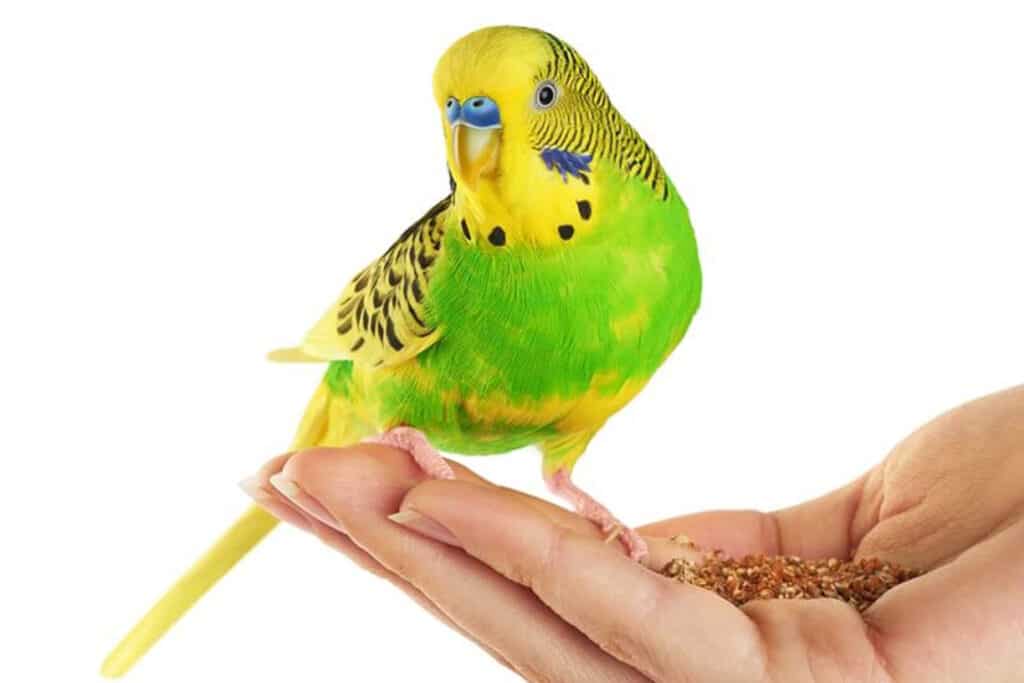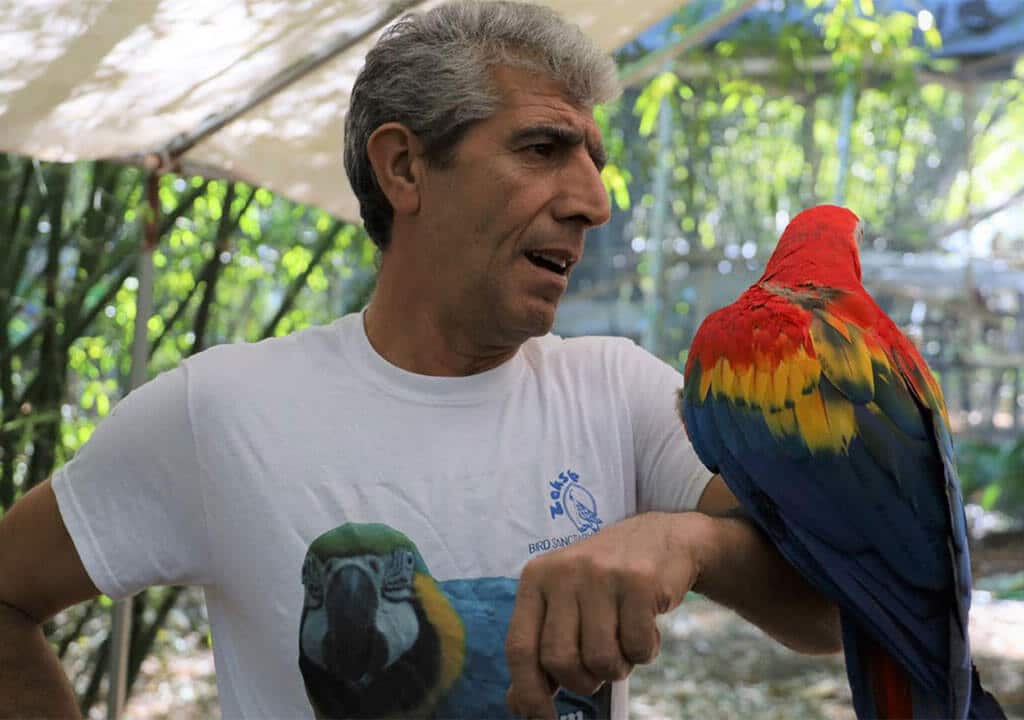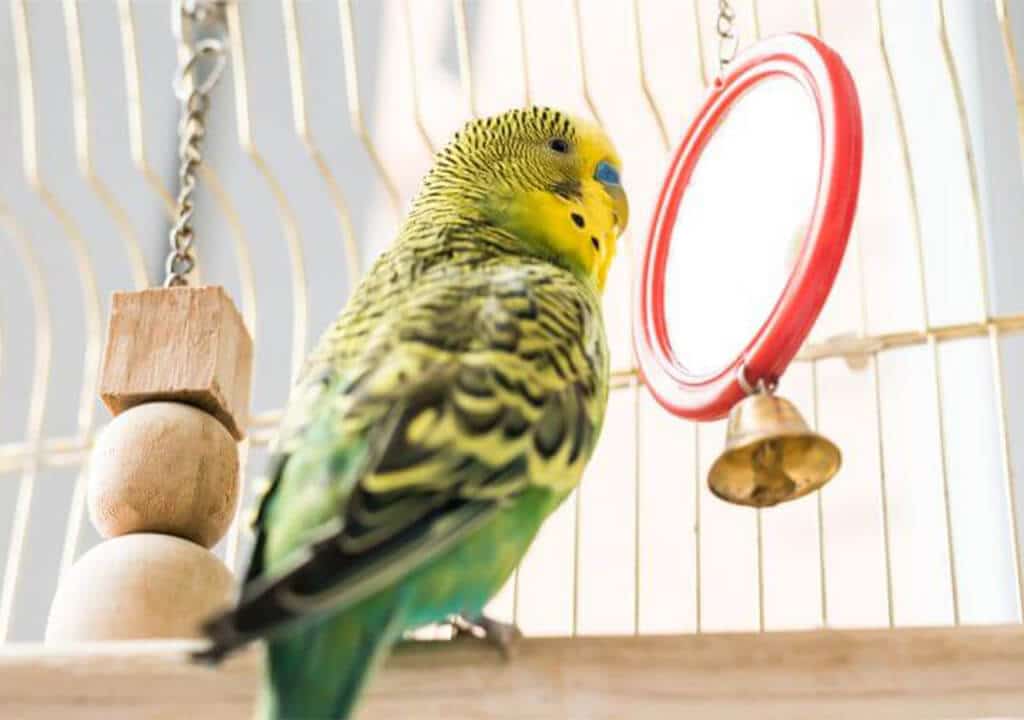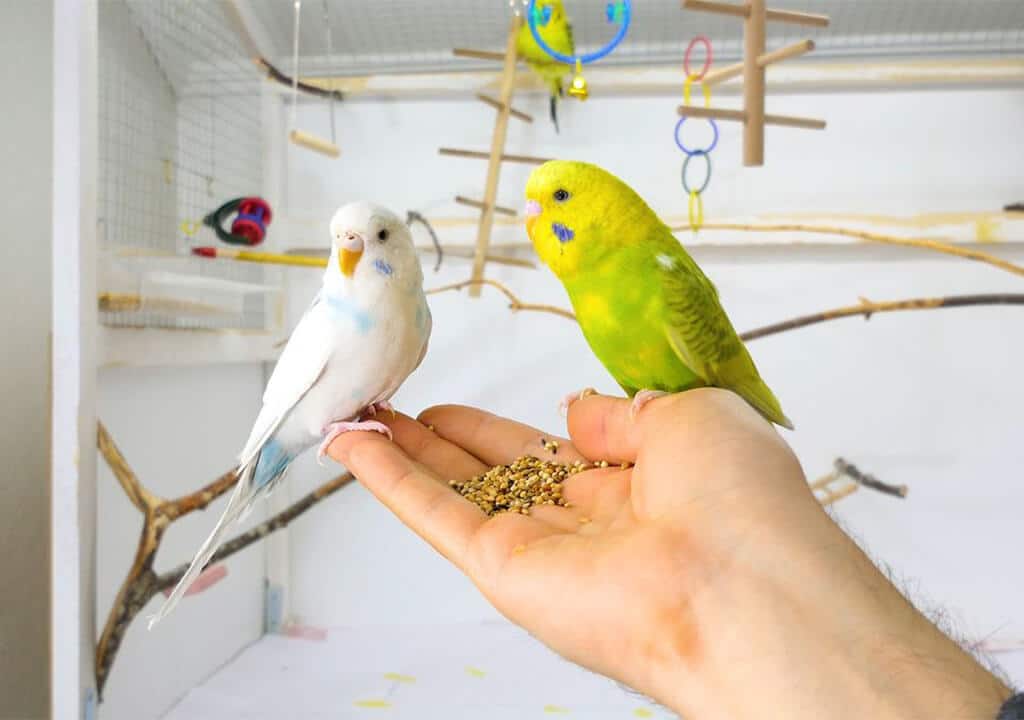Blog
Owning a Parrot
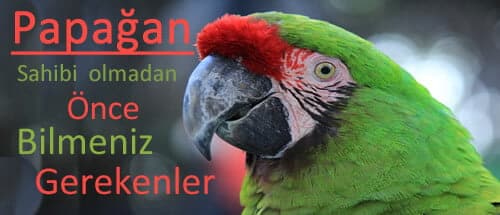
You have decided to buy a new parrot. First of all, we should know this very well: you are at the beginning of a long relationship. For this reason, you need to examine the positive and negative aspects of owning a parrot very well. If you still say that the parrot is suitable for me, you can have a healthy parrot by paying attention to the rules below.
A healthy parrot is all about its environment. Her eyes are alive. Occasionally, it straightens its feathers with its beak. It is generally mobile. At rest, its feathers are slightly fluffy, perched on one leg. Responds to sound stimuli. Sick parrots, on the other hand, are indifferent to their surroundings, fluffy, perched on two legs, and indifferent to stimuli.
The feathers should be shiny, plucked, lively and smooth. There should be no dwarf hairs between the hairless areas on the head and the well-ordered hairs on the body. The appearance of the feathers is an important indicator for many diseases.
The nostrils should be of normal width, equal length and clean. There should be no obstruction or discharge. When attention is paid to the breathing of a healthy bird; breath intervals are even, regular and unforced. Breathing can be done by following tail movements. In problematic situations, the thorax and tail are unusually mobile during breathing.
In the evaluation of nutritional status, besides the healthy appearance, it can be understood whether there is weight loss or not, by palpating the part around the rib cage and checking whether the ribs are palpable.
The defecation site and stool should also be checked. Watery and foamy stools, prolonged falling and not protecting for a certain period of time are indicators of disease. Parrots exposed to cold and airflow will have similar symptoms.
The eyes should be bright and clean. There should be no swelling and inflammatory discharge, which is a sign of infection.
Fingers and nails should also be checked. Parrots generally perch holding two fingers in front and two fingers behind. Finger deformities cause perching and mating problems. Large parrots use their claws as hands. They especially feed by opening the shells of shelled foodstuffs.
You can have an idea about the age of the parrot by looking at its feet. Young parrots have small and less rough feet, while older parrots have larger feet. There are flakes on their feet and the scaly areas on their feet have been lifted in places.
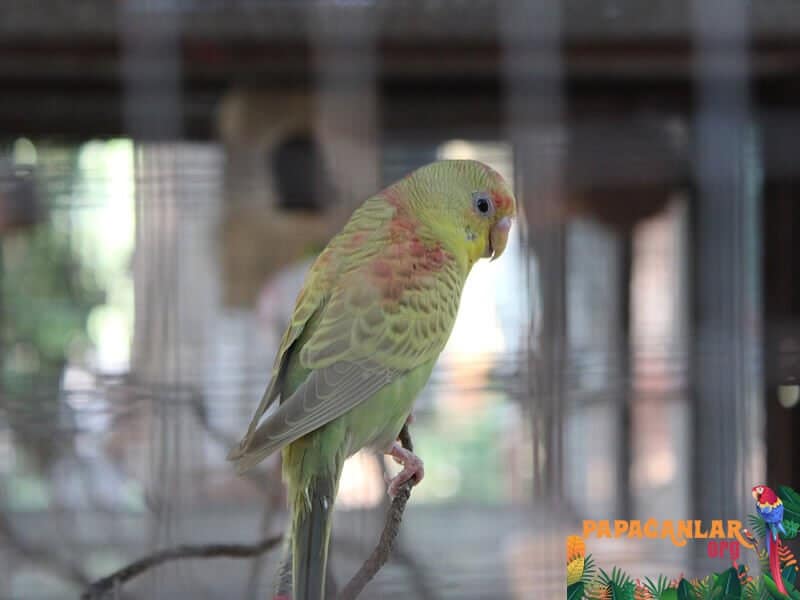
Parrot Talking to Its Owner
Ideally, you should train yourself as a hand-raised baby parrot. Old, wild-caught parrots have a certain social life and habits in their lives before the cage. It will be very difficult to change these habits that are ingrained in their personalities and to adapt to the cage life of the parrot. It can take months for parrots caught by hunters to gain their trust in humans.
Do not rush when making a decision. Give yourself time to make healthy and correct decisions. This period may take 5-7 days. If possible, visit the parrot at regular intervals and observe whether there is a significant problem. Normally, imported birds start to be exhibited in sales places after the 30-day quarantine period they will spend at the wholesaler. You’re more likely to have a healthy parrot if you hurry, as this rule is often not followed and the forage birds are sent to the market right away.
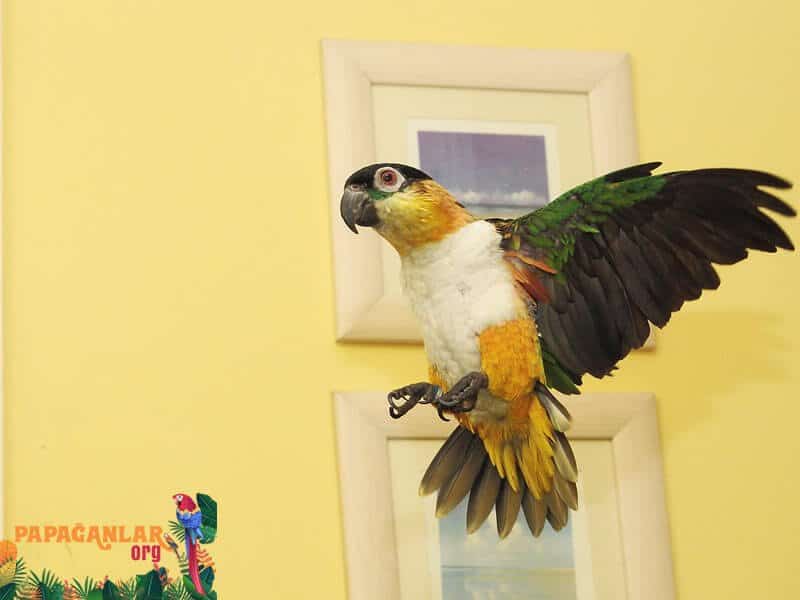
Why Shouldn’t We Buy Cheap Parrots? Is a (Wild) Parrot Caught in the Forest?
There are some tricks to understanding whether the parrot you are going to buy is a newly caught wild bird, a hand-raised baby, or a pet parrot that has been bought and kept for a while by someone else. Although wild parrots vary in the amount of time they spend in the cage, when approached, they will stretch their neck towards you and fluff their feathers. They make an unpleasant, growling-like nasty noise or run away from you. It will take a long time and patience to tame it. The price of these parrots is the cheapest.
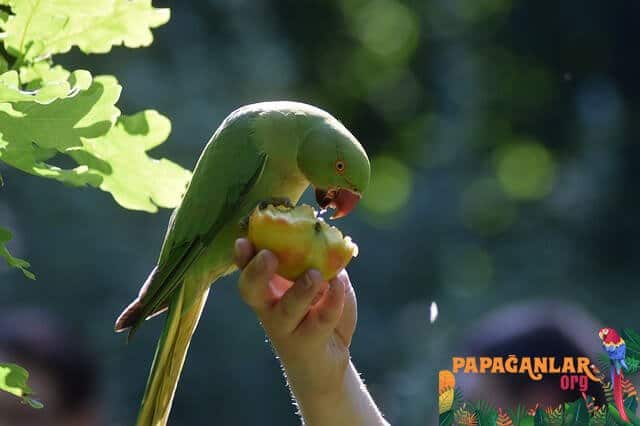
Why Are Parrots Expensive? Expensive Parrots
Hand-raised cubs and adult parrots domesticated by someone else do not growl when approached. They won’t run away from you when you move slowly. They even ask you to stroke her head by tilting her head towards the wires of the cage. This is an indication that the parrot trusts people. These parrots adapt easily to you in a shorter time and with less effort. The prices of these more valuable parrots are also high. The price will increase in parallel with the excess of her speech and vocabulary.
Do not believe that the parrot you are going to buy speaks without hearing it with your ears. But since parrots are living creatures, they do not speak whenever asked. Gray parrots, in particular, are extremely reluctant to show their talents to strangers. They do not like to be the center of attention for a long time with their introverted characters. If there is no difficulty, after a while they start to speak on their own. So you should give it some time.
Whichever species you choose, the important thing is that you need to warm up to the parrot you will adopt. Do not forget that you will spend many years with her.
When transferring the parrot you bought to its new place, bring the bird to its new place without holding it by hand. After the transfer is complete, wrap around the cage with newspaper. Take it home this way. Thus, you will protect the parrot from the air flow and ensure that the parrot comes home without getting scared.




